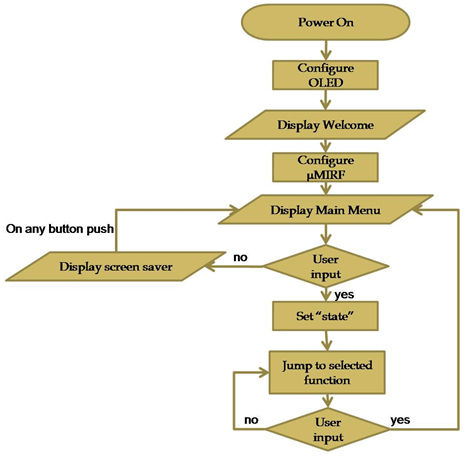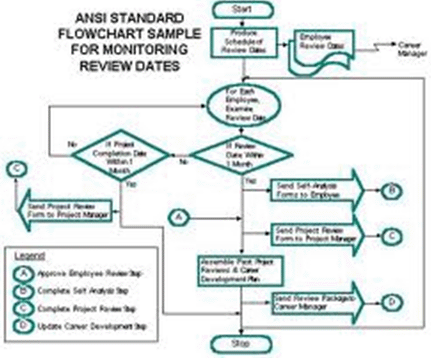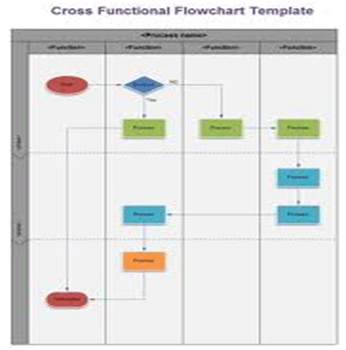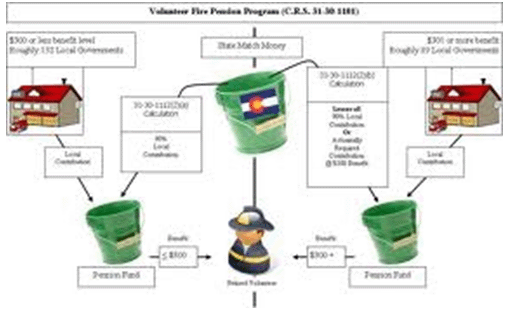Change Management and Organizations
April 3, 2025
 Change Management and Organizations
Change Management and Organizations
Every Christmas, Apple plays to the gallery where all Americans and the rest of the Apple fans across the world wait eagerly for the new promised product of the future and expectantly Apple has unveiled the new, slimmer and improved I Phone 5G. It is no secret that Apple is a cult world over. With…
 Business Process Improvement – A Perspective
Business Process Improvement – A Perspective
Development of Global Business Organizations, Multi National Corporations and the Corporate has always found a lot of academicians as well as the think tanks and Management Experts taking interest in analyzing the past, the present trends and prophesying the future trends. The study of growth of trade, the industries and the Organizations and the various…
 Business Process Ownership
Business Process Ownership
Organizations depend upon Business Process Improvement to make changes to the internal operations in order to drive efficiency in the process as well as to impact the business. As the business needs keep changing, the Organizations too need to keep changing at the same speed and frequency to be able to meet up with the…
Business Process Improvement programs are an effective way of overhauling the business operations, of improving the efficiency, of bringing in change in the operations and lastly in enhancing the benchmark of the Business offering of the product or service to the Customer. In the fast changing business environment marked by technological advances, shortening lifecycle of the products and services, the customer expectations are increasing and the rule of the game are changing drastically. Organizations have got to be highly efficient in their operations, continually evolve and adapt technology and build an edge over the others through differentiation and flexibility of its operations.
In the fast changing environment, the only way that the Organizations can work towards adapting new technology, new business processes and improve efficiencies is by using Business Process Improvement projects as the tool for change management. For the Business Improvement Project to be effective, the implementation team would have to be trained and well versed in use of Statistical and Quality tools as well as the process mapping and problem solving techniques.
Process mapping is one of the basic and very important activities that contribute to the BPI Project. Detailed process mapping involves understanding the process in detail from all perspectives, including the macro and micro levels, examining each and every task involved, walking through the process, understanding the each individual task from the operator’s level, mapping the interdependencies as well as specifying the inputs and outputs of the process. Apart from data gathering and collection, presentation of the process is also very important.
Flowcharts help explain the processes graphically. Pictorial representation of the process is a highly effective way of communication than data or text presentation. With the help of flow charts, the BPI leaders can explain, simplify and clarify each and every task of the process as well as provide the bigger or the whole process picture to the viewer.
Process mapping therefore is one of the key functions that the PIT team takes up in detail. Detailed process mapping takes a lot of time to look into all aspects of every task and to capture the details in sequence and present the same graphically. This exercise not only involves time but resources too. However it is worthwhile spending the kind of time and resources on process mapping and flow chart preparation for this then becomes the key to analyzing, identifying problem areas and working on process improvement.
Normally in BPI projects, we find experts using three kinds of flow charts namely Block Diagrams, ANSI Flow Charts as well as Geographic Flow Charts.
Block Diagrams are the simplest way of depicting the logical process flow or sequential tasks and activities. Block Diagrams use a series of rectangular blocks, lines and arrows to signify each task or activity, to indicate the direction of flow of activity and broken line to show the flow of communication etc. The starting and ending points of the process is depicted using rectangular rounded circle.
Block Diagrams are used to capture the process in sequence at the first instance. Each activity is described using verb and the flow chart provides an over view of the process to the viewer. However these charts do not capture the interdependencies or inputs and outputs of the process. An Organization Chart is the best example of a block diagram.

If Block Diagrams capture the overall process, ANSI flow charts enable us to capture the process in detail including each and every task. More over each task or activity can be detailed out to the required level and the decision making as well as actions can be depicted. A ANSI flow chart enables the reader to follow through the detailed process and execute the tasks easily with clarity. Therefore ANSI flow charts are used for training purposes as well as for detailing improvements to the process.

ANSI (American National Standards Institute) flow charts use different types of symbols which have been developed as Standard Symbols.

Functional Flow charts are used to detail processes across various functional units across the organization or details the tasks that move across various task owners in sequence. Thus Functional Flow Charts can be used to explain the interdependencies between different stations or work units and provide an enhanced view of the process.
Functional flow charts are very useful in measuring movement of documents, data and decisions across various stations or task owners and are effective in monitoring as well as measuring the cycle time of the operations along with individual responsibility areas.

Geographic Flow Chart goes one step further to include the timelines to each task as well as to depict the physical geographic locations involving each task. This additional dimension can throw up a better picture of the actual activity enabling the BPI team to look into the problems areas and hindrances to the process and work towards process improvement.

Your email address will not be published. Required fields are marked *